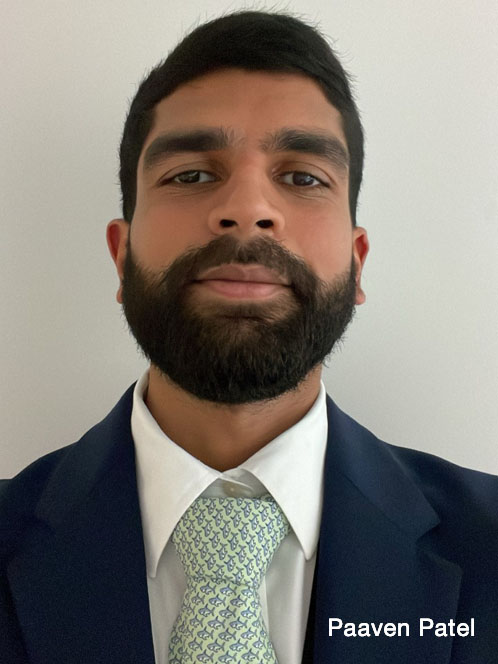Individually, these fields have recognised the need for collaboration and all three disciplines have started to acknowledge the need for preventive care, including self-care practices. There are various aspects that can help to illustrate this, explains Paaven Patel, Operations and Quality Assurance Pharmacist at Specialist Pharmacy.
An example of this blurring can be shown in the world of medical aesthetics, where medicine and beauty intersect. Procedures such as liposuction are generally considered to be purely cosmetic, but they can also be used for health conditions such as lipoedema.
The potential therapeutic benefits of many cosmetic procedures — such as improved mental health and self-esteem — mean they blur into the categories of medical procedures too.
Botox, which was originally used by doctors to treat strabismus and blepharospasm, then for conditions such as hyperhidrosis and migraines, has gone on to be a hugely popular treatment for the removal and prevention of wrinkles and can also be administered by beauty practitioners. Let’s look at some further examples of this blurring of the boundaries.
Cosmeceuticals are ingredients that are sold as a cosmetic product but have bioactive properties that are purported to have medical benefits. They can be added to facial creams for their specific actions, such as Boswellia serrata nanoparticles for barrier disordered skin or Ruscus aculeatus for rosacea or couperose.
Nutraceuticals are products derived from food sources that are found to have additional health benefits beyond the basic nutritional values of the food. These dietary supplements combine the elements of wellness, medicine and beauty as they have very specific actions on the body.

Wellness clinics are beginning to incorporate treatments such as facials and sound healing as well as nutrition consultations. There has been a shift towards a more holistic approach to medicine, focusing not just on treating the disease at the root … but also optimising overall well-being.
This includes promoting healthy lifestyles, preventive care and integrative medicine practices. Practices such as yoga, meditation and acupuncture, which have traditionally sat firmly in the “alternative medicine” camp, are now increasingly recognised and incorporated into conventional medical settings.
Telemedicine and virtual wellness: The continuous rise in telemedicine, somewhat helped along by the recent pandemic, has further blurred these boundaries. You can book an appointment with your doctor, personal trainer or dermatologist remotely, with many of these disciplines working under one “roof.”
These services are available on virtual platforms or apps. Individuals can get a personalised service while taking control of their health and well-being.
Collaborations between medical professionals, well-being practitioners and beauty experts are common, with some practitioners covering two or all three of these disciplines. It’s now possible to get Botox and a menopause consultation with the same practitioner.
These collaborations can contribute to a more comprehensive and integrative approach to health and well-being.
Compounding pharmacies, such as Specialist Pharmacy, can be a useful resource for practitioners. Known for creating personalised medicines, they can also create tailored formulations for cosmetic and wellness products.
They collaborate with dermatologists and aestheticians, for example, to compound customisable skincare compounds to address specific concerns such as acne or ageing or to provide anaesthetic creams for cosmetic procedures.
Ultimately, a comprehensive approach to health and well-being should consider all three aspects: medicine to addressing health conditions, wellness to promote holistic well-being and beauty for self-expression and personal confidence.
